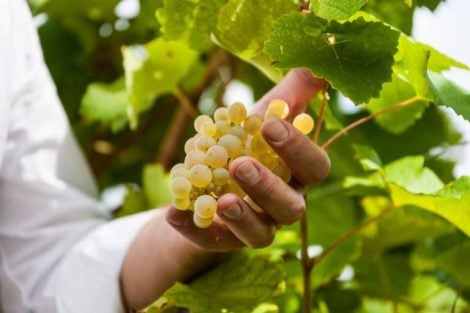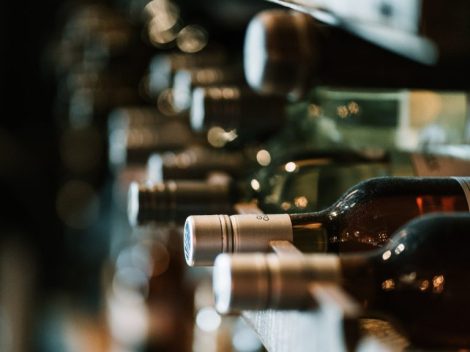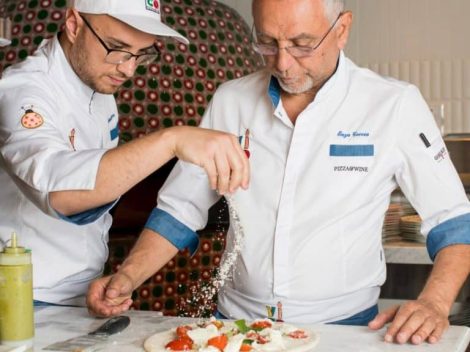by Vincenzo Russo
Several studies have shown that the flavour of wine can be influenced by expectations and biases unrelated to our taste buds. The science studying these processes is called gastrophysics. These mechanisms are so powerful that they can even affect experts. In an interesting study conducted at the University of Bordeaux by Morrot et al. (2001), a group of 54 experts was asked to perform a sensory evaluation of two wines: one red and the other white but coloured red with enocyanin (a red, odourless, and tasteless dye). The research aimed to assess the effect of wine colour on its sensory evaluation by a group of experts.
Visual expectations and their influence on taste
The results confirmed the role of visual expectations, influenced by the colour of the wine, in the perception of smell and taste. The words used to describe both the red wine and the white (but coloured red) were almost identical. We know that the two types of wine provoke different taste sensations, but the effect of expectations conditioned by the wine's colour was so strong that it nullified the ability to distinguish taste and aroma. The authors demonstrated how the wine's colour misled even the most refined experts, convincing them that the two wines were of the same type and therefore warranted similar descriptions. The same effect was observed in New Zealand, again with a group of experts who were asked to evaluate a glass of oaked Chardonnay coloured red. When served in an opaque glass, the description was correct (as white wine), but when the wine was tasted in a transparent glass, the experts were swayed by the colour and described it as red wine.
The sight-taste relationship
In these cases, the interference between vision and olfactory and gustatory perception was determined by the role of the primary visual cortex. PET (Positron Emission Tomography) imaging reveals how the visual cortex conditions olfactory and gustatory sensations, as vision is a dominant sense. After all, we know that 50% of our brain cells are dedicated to sight, while only 1% is dedicated to taste.

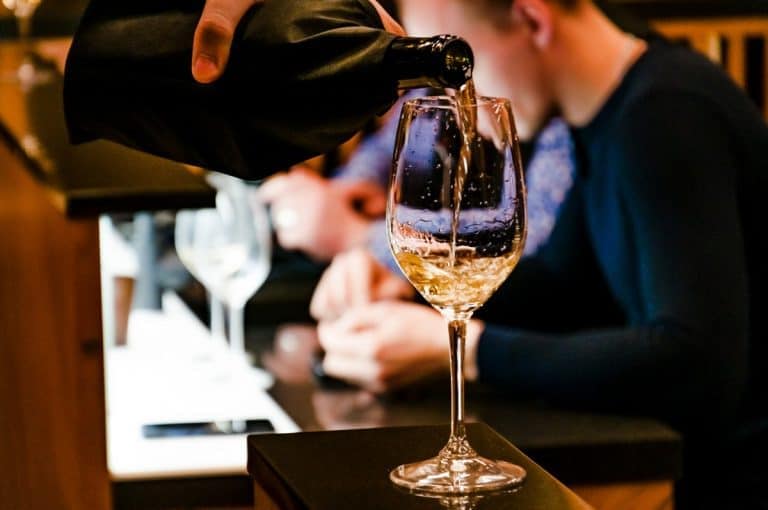
 Non-alcoholic wines? Call them what you want, but they’re still a derivative of wine.” An Interview with Martin Foradori
Non-alcoholic wines? Call them what you want, but they’re still a derivative of wine.” An Interview with Martin Foradori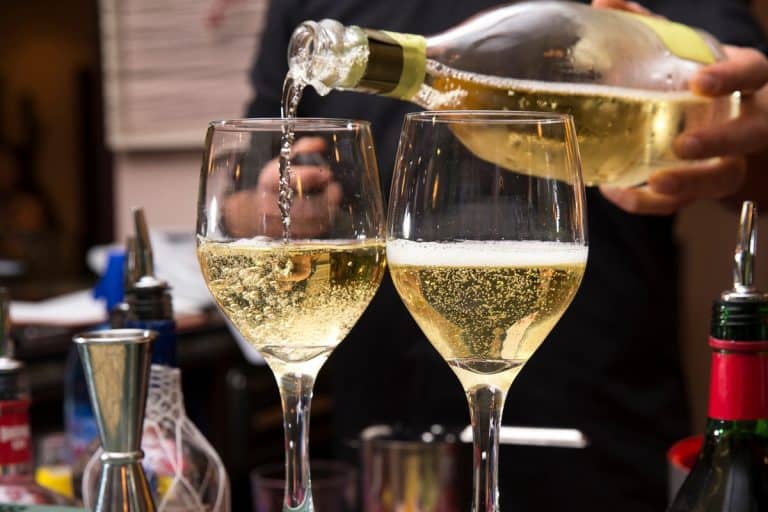 The 8 best Trentodoc wines chosen by Gambero Rosso
The 8 best Trentodoc wines chosen by Gambero Rosso A Piedmont wine enters the top ten of Wine Spectator's "Top 100"
A Piedmont wine enters the top ten of Wine Spectator's "Top 100" Sparkling wines surpass still wines in Italian out-of-home consumption. Most popular during the aperitif
Sparkling wines surpass still wines in Italian out-of-home consumption. Most popular during the aperitif American Barbecue wins a Michelin star for the first time in history
American Barbecue wins a Michelin star for the first time in history